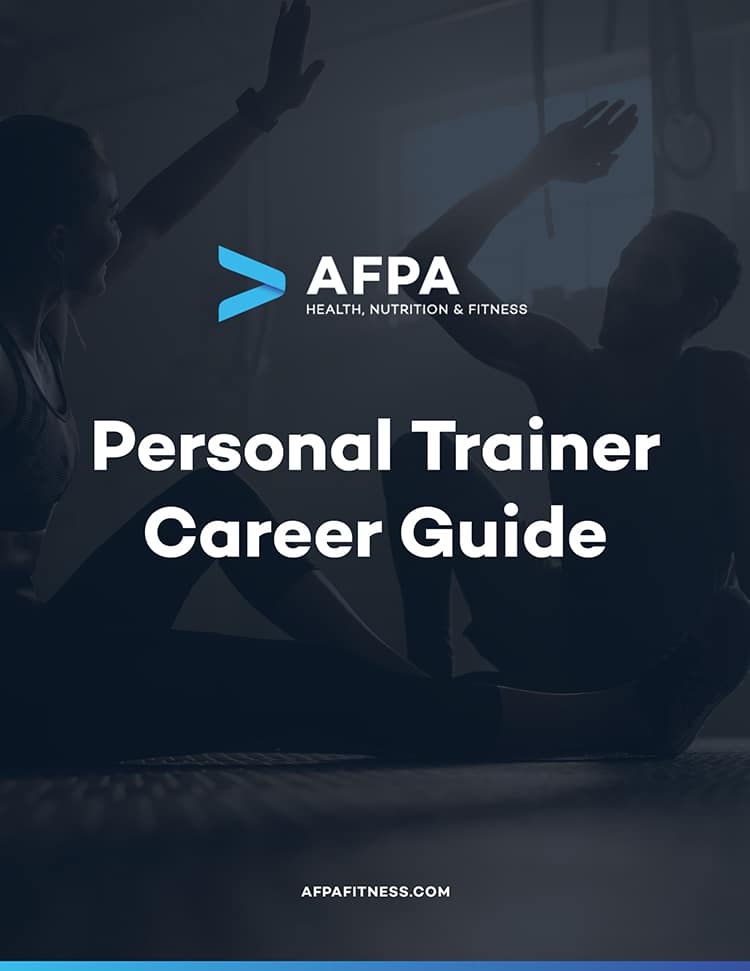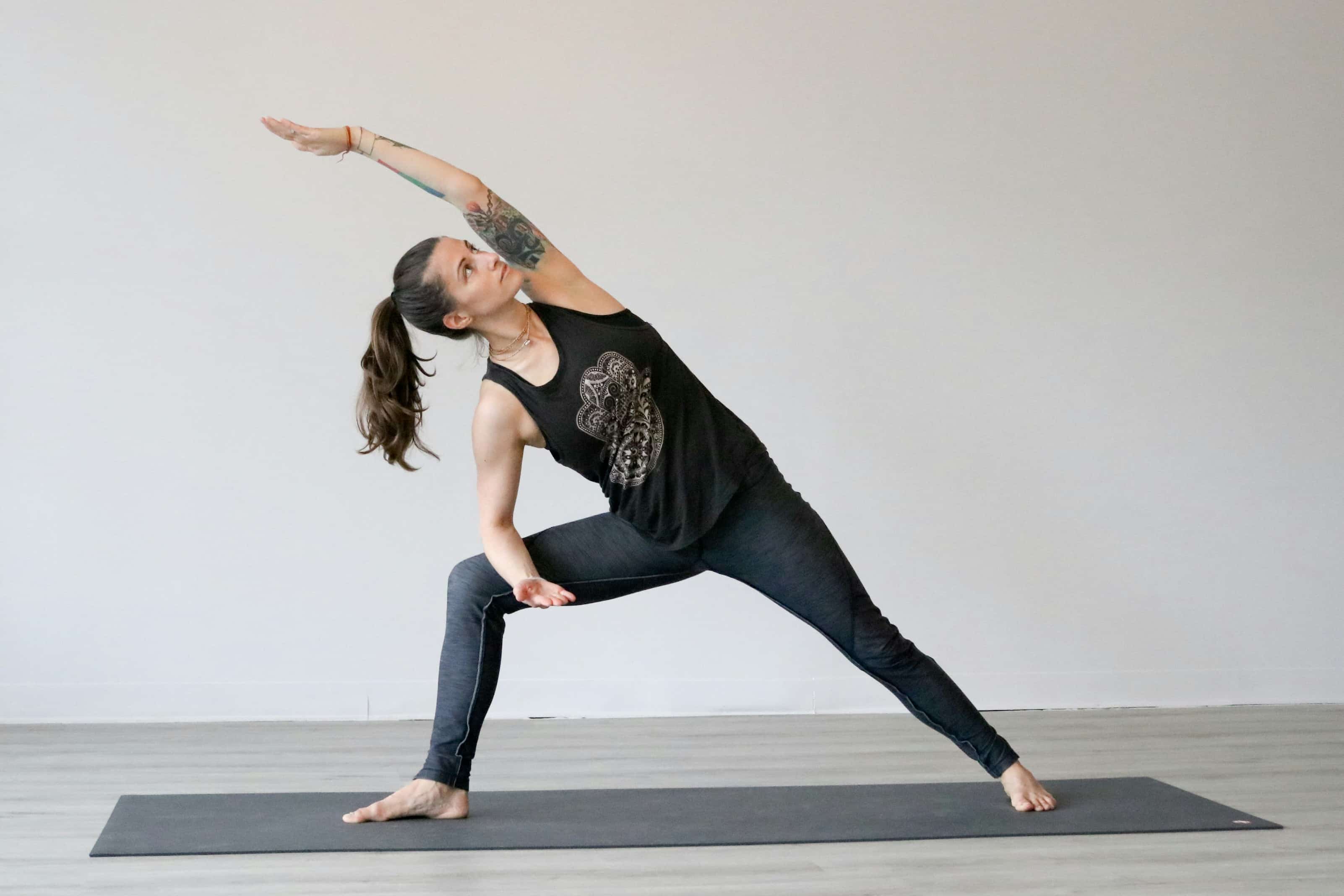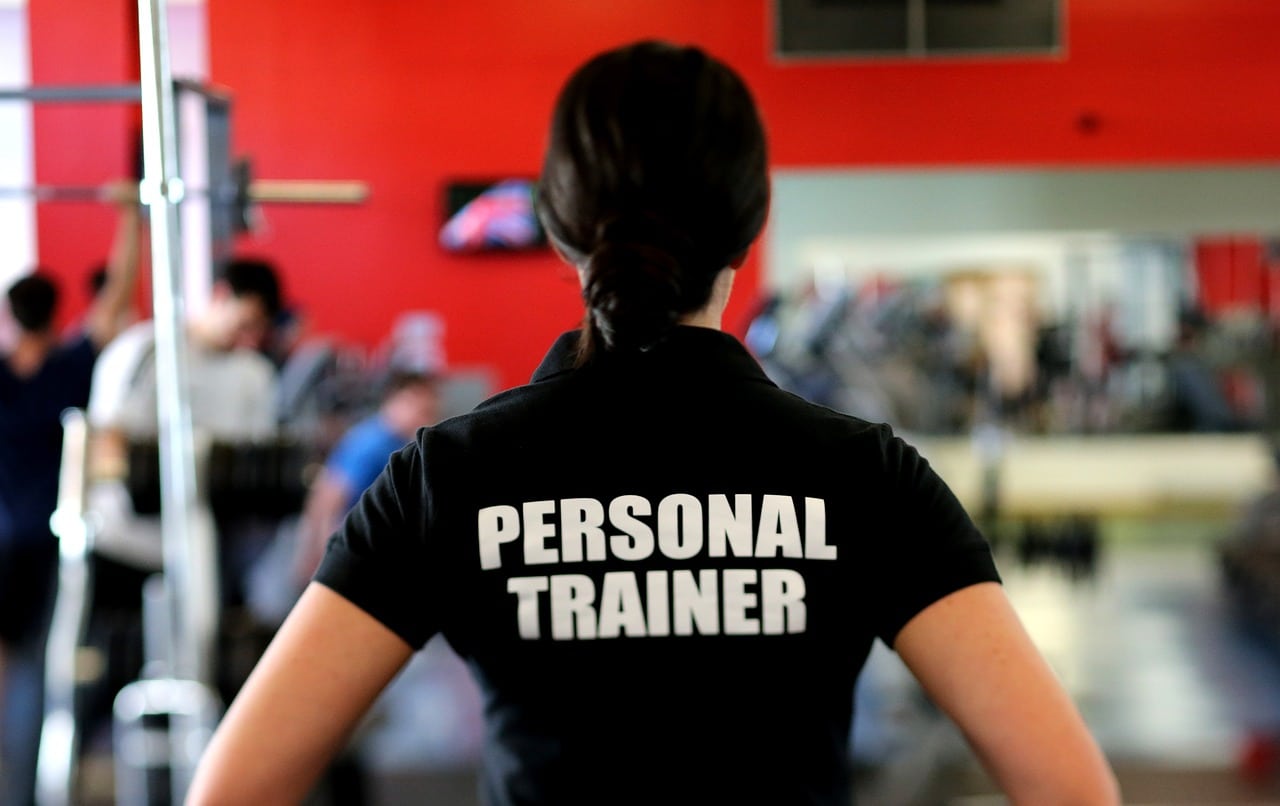Despite what social media and popular fitness DVDs try to tell the masses, fitness coaches and personal trainers know that there is no such thing as a universal fitness plan that works for everyone.
People have different needs, goals, likes, and dislikes when it comes to exercise, just as with almost every lifestyle factor.
When it comes to building a fitness plan for clients, you want them to reach their goals, enjoy it, and feel supported by you and those around them. You also want it to be realistic—something they can make a part of their daily and weekly plans for months and years to come.
Here are eight areas to explore when building personalized, realistic, and sustainable fitness plans for your clients and some leading questions that can help you find the answers.
Learn How to Become a Certified Personal Trainer Online in Less Than 6 Months

Things to Consider and Leading Questions to Create a Personalized Fitness Plan for Your Client
Note: As you explore these areas, keep in mind that you should always get permission before asking about a subject or offering information. You can learn some useful information about trauma-informed coaching and motivational interviewing by reading these articles:
- 5 Question Types to Help Motivate and Engage Clients
- Health Behavior Science and Why It’s Important for Health Coaches
- Behavior Change vs. Mindset Change: Using Design Thinking to Develop Healthy Habits That Stick
Current Perceived Fitness Levels
Assessing your clients’ fitness levels is important for gauging a starting point. Asking different questions can also help you to gain an understanding of their current habits and general lifestyle. For example, if you have a client who says they don’t exercise, but they are a carpenter or a waiter, they carry out a lot of physical activity as part of their job, which also has a positive impact on fitness levels.
Depending on your abilities and methods, you may want to carry out a fitness test that assesses cardio, flexibility, and strength separately since actual fitness levels may be different from their perceived fitness levels. At the very least, however, it is important to ask questions about their current perceived physical activity and exercise levels.
Here are some leading questions that can help you understand your clients’ perceived fitness levels:
- Do you currently exercise?
- Why type of exercise do you currently carry out?
- How long have you been exercising? How do you feel when you exercise?
- How often and for how long do you exercise?
- What is your occupation?
- Do you currently carry out any type of physical activity in your day-to-day? Some examples might be mowing the lawn, walking the dog, doing housework, or biking to work.
Past Experience with Exercise
One thing is learning about fitness levels, but another is learning about your client’s experience and feelings with exercise in the past. If your client is open to talking about it, you can ask them about whether they did sports, went to the gym, or did other types of physical activity, and you can talk about how it made them feel and if and why they stopped.
The conversations around past experience with exercise can also help you to understand whether they have worked with coaches or other exercise programs in the past and possibly identify whether they feel it was successful or not.
The answers to questions that dive into past experience with exercise can help you to understand how you can be of better support to them. Avoiding saying or doing things that your client felt other coaches negatively affected them, for example, can make all the difference in helping your client feel like they are on the right track this time around.
Here are some conversation starters that can help you explore this area with your clients:
- What is your history with exercise and physical activity?
- Have you ever played any sports, danced, or carried out other types of exercise in the past?
- How and why did you get into (sport or physical activity)?
- Have you ever worked with a personal trainer or fitness coach in the past? If you feel comfortable, tell me about your experience.
- Have you ever taken online or in-person exercise classes? If you feel comfortable, tell me about your experience.
- How do you feel…
- When you don’t exercise?
- Right before exercising?
- During exercise?
- Right after exercising?
- The rest of the day after you’ve exercised?
Exercise Likes and Dislikes
People have varying feelings regarding exercise. Some people love the whole process or almost any type of exercise—from the anticipation to getting ready to sweating and recovering. Other people, however, don’t like any type of exercise but do it anyway.
It may also be that they never had a personalized fitness plan for them based on how they like to get moving. Finding out what they enjoy about exercising and different types of movement can help you to create a personalized routine.
Below are some examples of leading questions that can help you gain a better understanding of your client’s fitness likes and dislikes:
- Think about the whole process involved in exercising—anticipating the exercise, getting ready, carrying out the exercise, and recovering from the exercise. What are the parts you like most? Are there parts you don’t like?
- What types of exercise, fitness, or sports routines have you tried in the past? Which one did you like most? Which did you like least?
- What did you like most about [your favorite fitness routine]?
- What did you dislike most about your [least favorite fitness routine]?
- What type of movement do you feel most comfortable with?
- Are you comfortable getting sweaty and breathing hard?
- Are you comfortable with less intense exercise?
- Have you ever tried [chose an exercise type or routine you think they might like]? How did you feel? OR Would you be open to trying it out?
Motivations
For the client, finding and harnessing motivations to staying active is vital to integrating fitness into the week’s priorities. For coaches, helping clients articulate true motivations and understanding them is important for designing a fitness plan that uses those motivations as a jumping-off point.
Here are some questions you can ask to identify and understand what motivates your client to exercise and get fit:
- In the past, what has motivated you to get active?
- What doesn’t motivate you to exercise?
- On a day where you feel a little tired but hope to exercise, what gets you moving?
- Is there an image, phrase, or feeling that inspires you to get moving?
- What would you like to hear or see from me to get you motivated?
- I usually do [describe how you usually motivate clients]. Do you think that would help you feel motivated?
Sometimes, clients cannot easily articulate their motivations for wanting to exercise. In these cases, you can use motivational interviewing techniques to help your client dig deep and find at least one thing that will keep them going.
Overcoming and Managing Challenges
When exploring how your client might overcome challenges, it is important that they first reflect on what those challenges might be.
- In the past, have there been reasons that have led you to stop your exercise routine?
- Think of your day-to-day. What are the biggest challenges to exercising?
- Are there internal (feelings, thoughts, emotions, memories) or external factors (time, irregular schedule, lack of space or resources) that might pose a challenge to sticking to a fitness plan?
- How have you overcome these challenges in the past?
- How can I, as your fitness coach, support you in overcoming these challenges as they come up?
- Are there challenges you feel that are not realistic to overcome?
Be aware that there are challenges that are out of your client’s hands but may have a real effect on your client’s motivation and ability to exercise regularly. Some of these may include sociocultural factors, like bullying and discrimination, and environmental factors, like access to open spaces and sidewalks.
Make sure to adapt the fitness plan to the challenges they identify, keeping in mind whether the challenges can be overcome or if they can only be managed.
Health Conditions and Past Injuries
Fitness coaches and personal trainers know that being aware of clients’ health conditions and past injuries is essential to building a fitness plan that is safe for clients.
Here are some ways you can ask your clients about their health conditions and past injuries:
- Are there any health conditions you have that you would like to disclose?
- Might you be pregnant or nursing?
- Have you ever had injuries in the past?
- Have you fully recovered from your injuries, or are you still recovering?
- Do you have any pain in your body when you carry out day-to-day activities?
- Are there any exercises or movements that are uncomfortable or cause pain?
Personal Fitness Goals
Without a doubt, fitness coaches should never overlook the reason why their client is coming to them in the first place. Ask your clients what their goals and objectives are for their fitness journey in general and for their time with you.
- Why have you decided to work with a fitness coach, or me in particular?
- Is there something specific you would like to achieve through adopting a regular exercise habit?
- How far into the future do you see yourself achieving these goals?
- Once you achieve your goal, what will happen?
Sometimes clients have trouble articulating their goals. You can use motivational interviewing to identify where your client is in the continuum of health behavior change, and you can work with your client to get in the right mindset and construct relevant and realistic goals.
Time Availability for Exercise
Most people do not make their living through exercise and fitness. They likely don’t have time to spend three to four hours a day exercising. The fitness plan you design needs to match their realistic time availability.
Keep in mind that when people are excited, they may overshoot their time availability. When they are nervous or show resistance, they may undershoot their time availability. Try your best to read the situation and check in shortly after your client has begun implementing the plan.
- Realistically, how often can you set time aside to exercise?
- How long do you think you will be able to exercise each session?
- Do you have people who can support you with kids, dogs, and meals while you exercise?
- Are there any factors that might interfere with you taking that time to exercise? How can you overcome those factors?
- Try to visualize your life three or four months in the future. Has anything changed regarding your time availability? Do you think you will still be able to dedicate that amount of time to exercise?
- On a day you exercise, what would a typical day look like?
Main Takeaways
As you read through this list, you might be thinking, “Wow! That’s a lot of information to gather before designing a fitness plan.”
While it is a lot of information and may take an entire session to cover, the eight areas presented here will provide you with valuable information to design a high-quality, realistic, and highly personalized fitness plan.
Even after your client has begun the fitness plan, keep an open mind. You may have to make adjustments in the weeks and months following the initial start to reflect their changing needs, goals, and constraints.
Overall remember to be a support for your client. After designing the plan and helping them with the technical part of exercising, supporting them when they are managing obstacles and reevaluating their time availability is a vital part of being a coach.
Learn How to Become a Certified Personal Trainer Online in Less Than 6 Months




